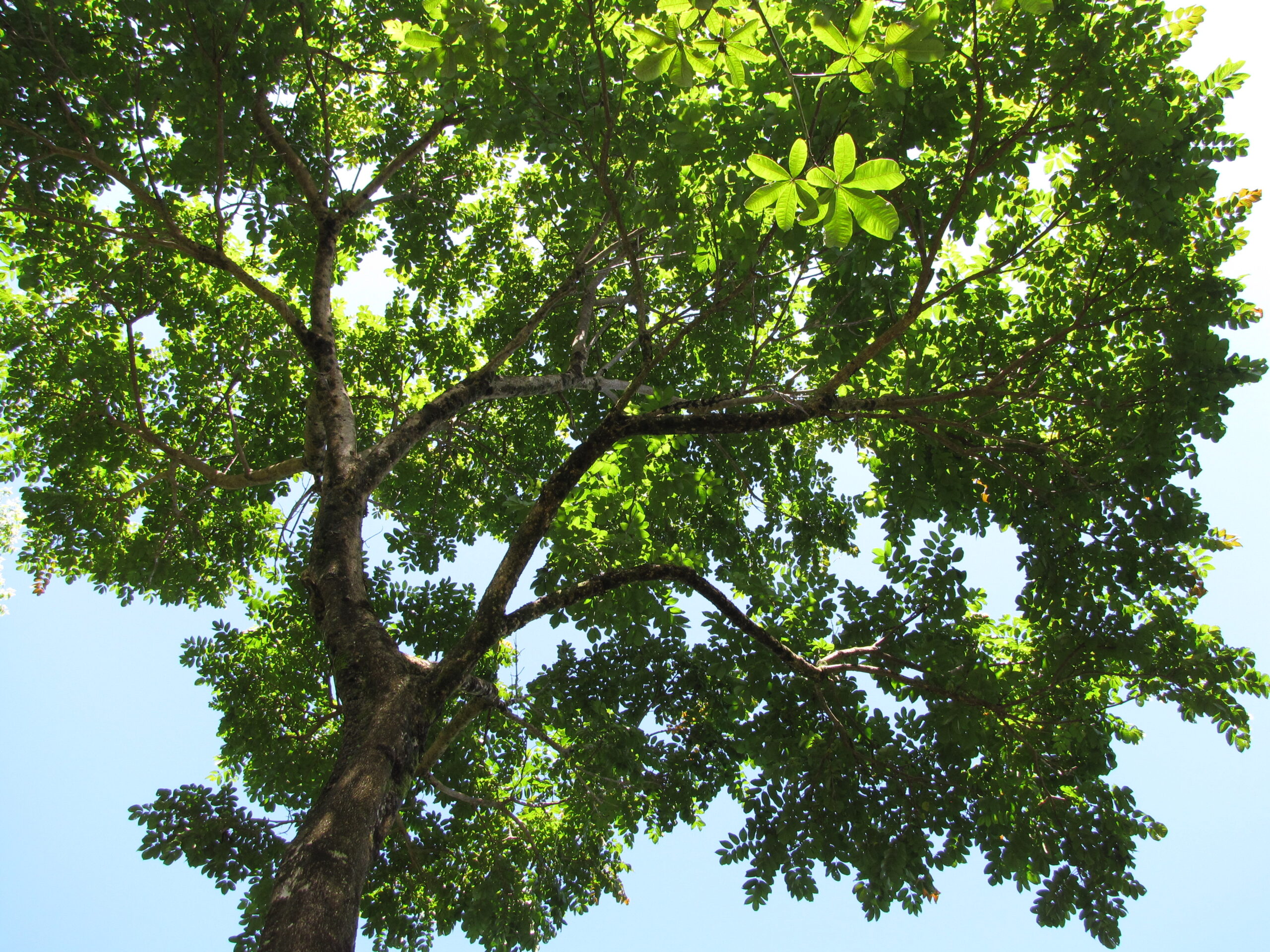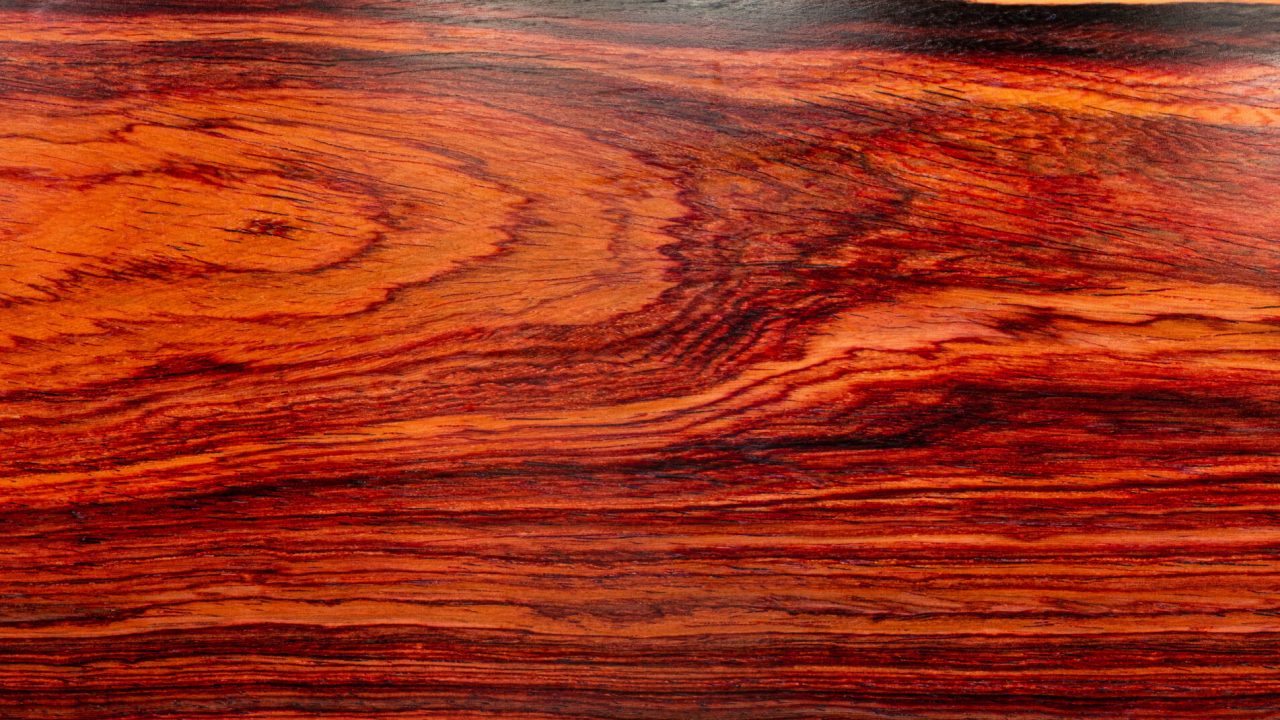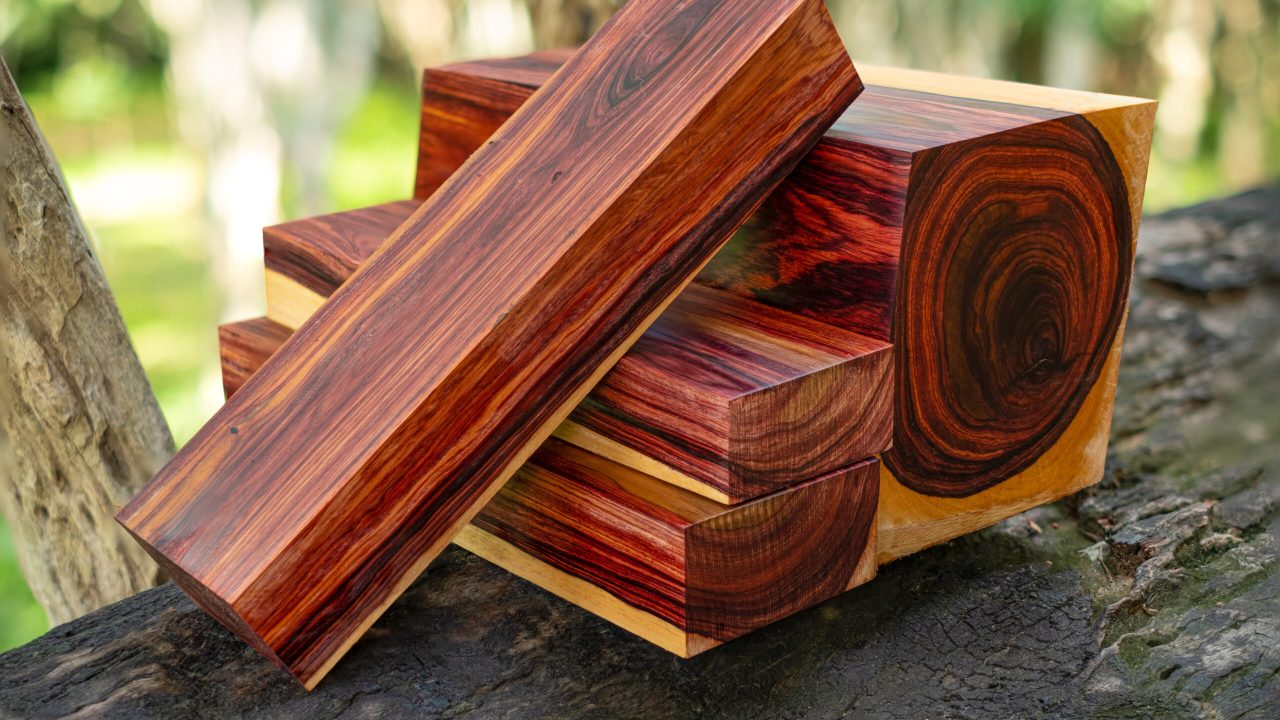Palisander rosewood, also known as cocobolo, is a medium-sized tropical tree that grows to heights of up to 25 m (82 ft).
This species provides one of the most beautiful and valuable woods in the world.
Its growth pattern varies, being tall and straight depending on the habitat. Given its great beauty and high value, this species has been widely exploited.






